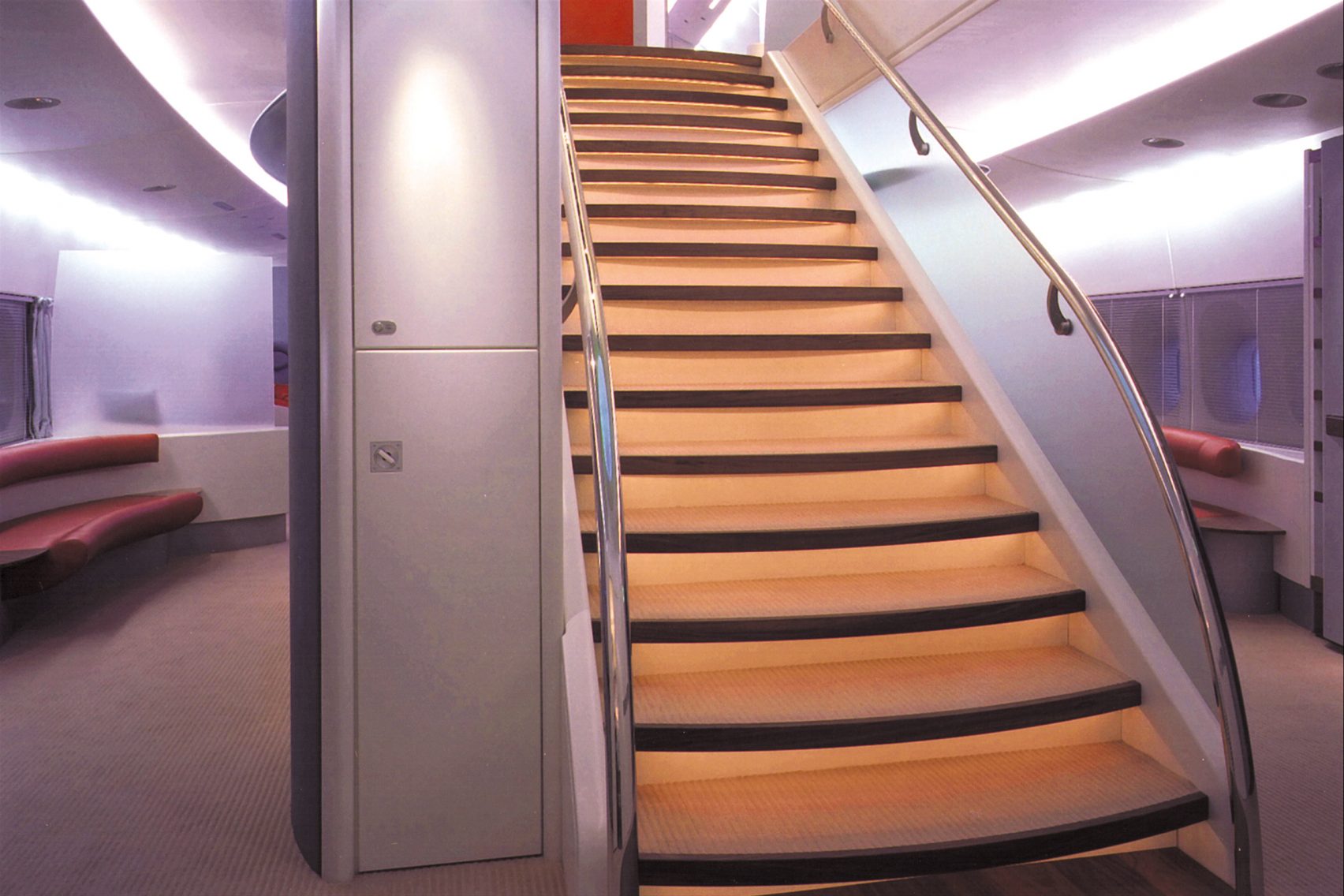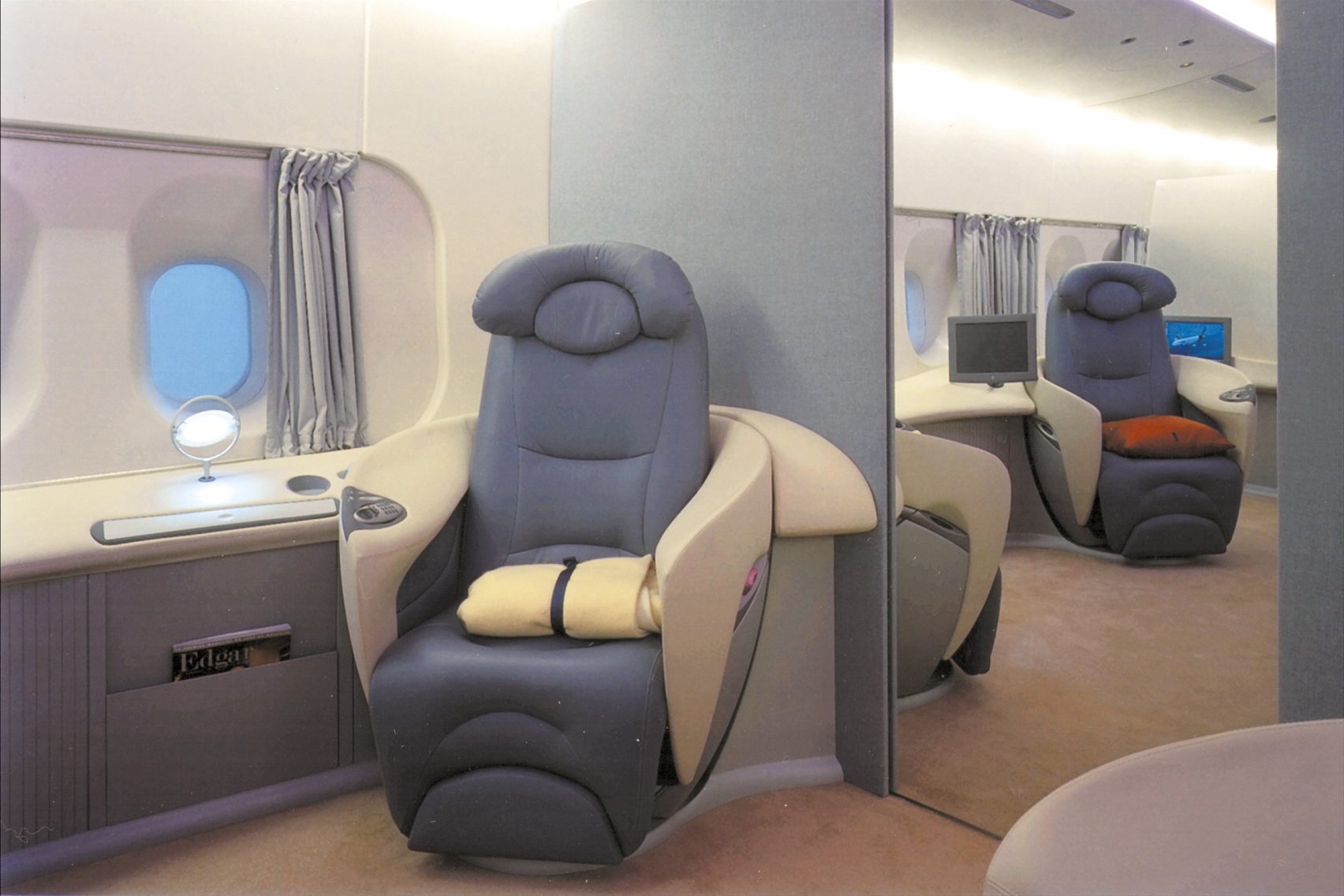Airbus recently announced it will end production of its A380 aircraft after failing to secure enough orders from airlines.
Last month, Airbus announced it was ceasing production of the A380, the world's largest passenger aircraft. Transport designer Paul Priestman, who designed the superjumbo's first interior, spoke to Dezeen about its design legacy.
In February 2019, 12 years after its first commercial flight in 2007, Airbus made the "painful" decision to end production of its A380 aircraft after failing to secure enough orders from airlines.
The news came after Dubai-based airline Emirates, Airbus' biggest customer, reduced its A380 orders from 162 to 123 aircrafts.
"As a consequence and given the lack of order backlog with other airlines, Airbus will cease deliveries of the A380 in 2021," read a statement from Airbus CEO Tom Enders.
Although much admired by air travellers, it didn't take off with buyers. It is able to carry up to 800 passengers over two decks, in comparison to the 660-passenger-capacity of a Boeing 747 jumbo jet.
However, with a $445.6 million list price, it struggled to make a profit as seats were often left unfilled, while demand grew for smaller, more fuel-efficient mid-sized aircraft, particularly the Boeing 787 Dreamliner.
But while future production of the A380 will come to an end, existing models will continue to fly, and its innovative design will ensure a legacy in future aircraft design.
"I wouldn't say that the A380 is facing its downfall," said PriestmanGoode's founding director and chairman Paul Priestman, who designed the first interiors of the A380.
"The decision to end production is an economic one, but from a passenger perspective it remains a hugely celebrated aircraft," he continued. "It's an aircraft that people go out of their way to try and fly, and love to have selfies in front of."





